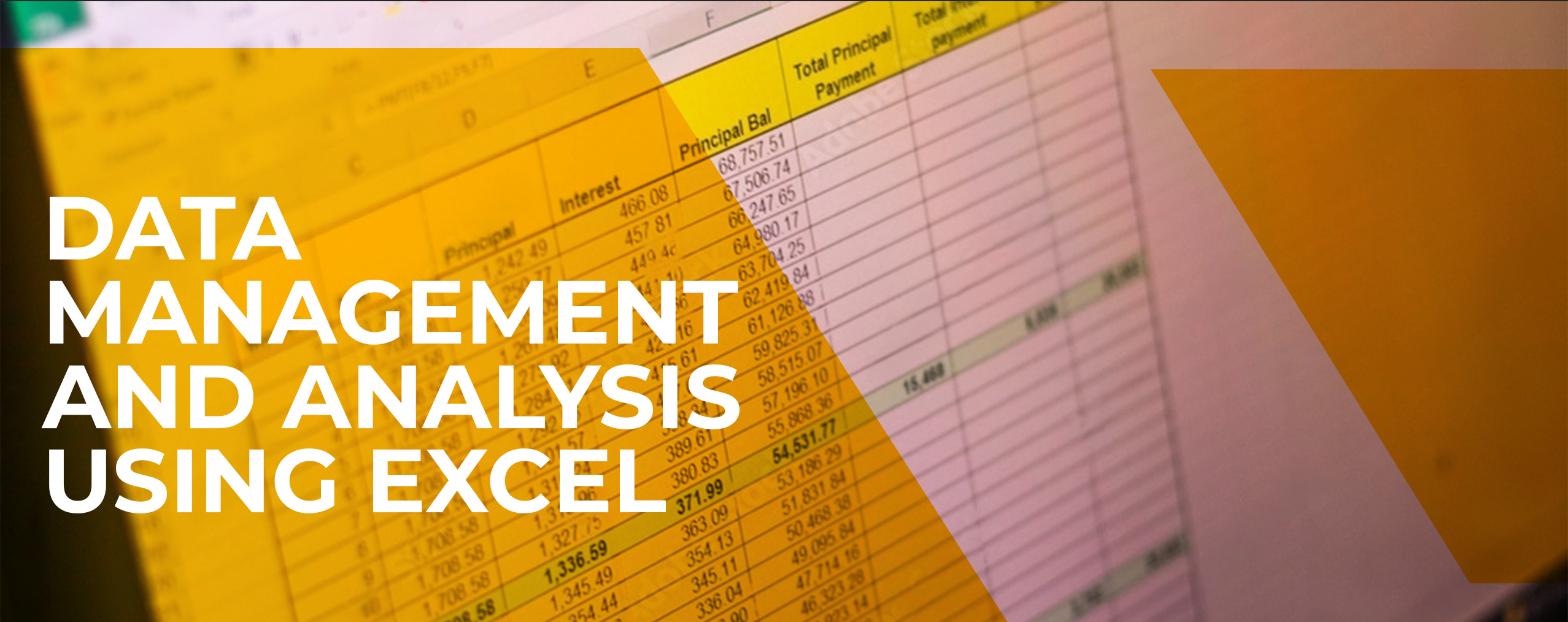
This course is designed to provide participants with an understanding of how Information Systems are used in organizations for meeting strategic and operational goals. To this end, participants will acquire skills using current end-user software for communication, data transformation, collaboration, and problem-solving. The course also covers software and hardware components, information structures, basic business organization and processes, information system security, and networks.
KEY LEARNING OUTCOMES
At the end of this training, participants will be able to:
Describe how data is captured, organized and managed using a data management system and design a simple database using data modeling techniques. Discuss the strategic considerations in information system development and their impacts on the organization. Design effective user interfaces and explain the importance of internal controls for information systems. Describe the different technologies, techniques and infrastructure of transaction processing systems associated with various transaction cycles. Identify and analyze risk factors, discuss measures to mitigate risks and the importance of business continuity planningTARGET PARTICIPANTS:
- Product Managers
- Marketing Staff
- Staff of Management & Information Science department
- Finance department
COURSE CONTENT
- Introduction to Information Systems in Organizations
- Financial Reporting using excel
- Optimizing BPA usage for reporting
- Financial and Business Communication
- Consolidating data from separate files and sheets
- Advanced data validation using lists, dates and custom validation
- Cell management tools: left, right, mid, concatenate, value
- Naming, editing, and managing cells and ranges
- Looking-up data, texts, and values using Vlookup
- The incredible table-tools technique
- Slicing dates into day names, weeks, week numbers, month names, years and quarters
- Text to columns and dynamic trimming using Trim, Len
- Managing texts and numbers using replace, find, and substitute
- Text change functions

